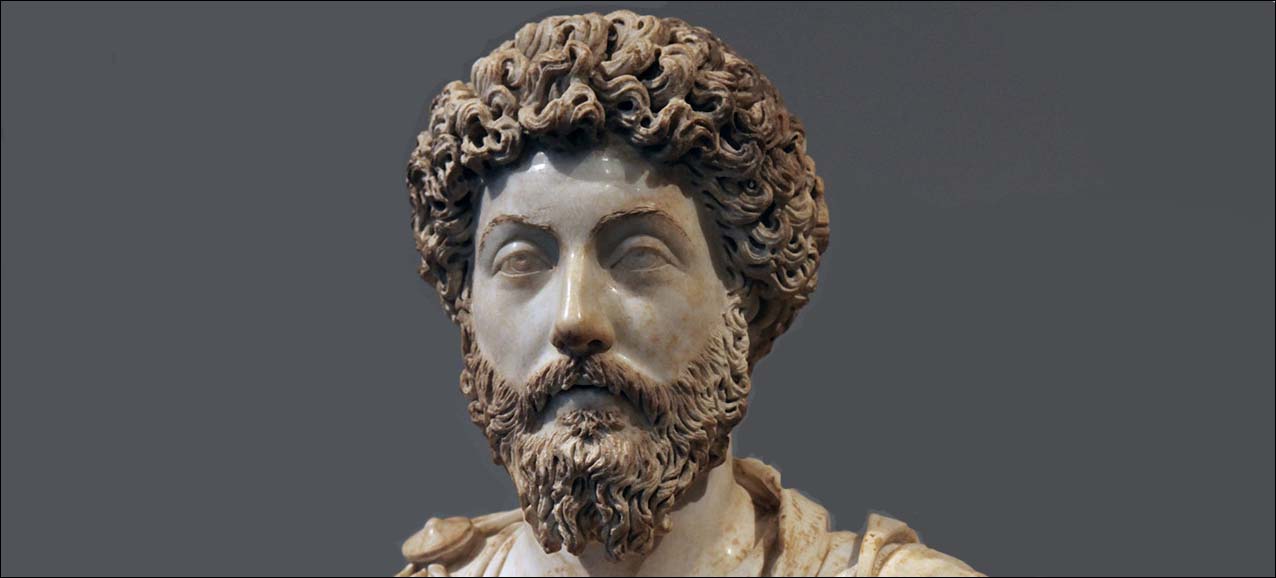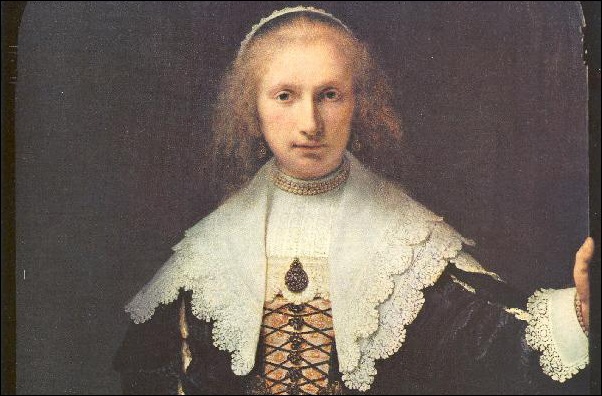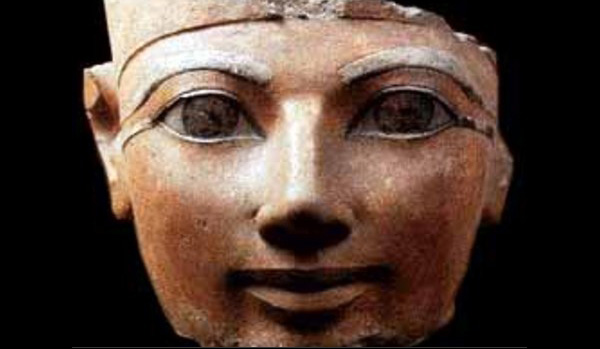In order to understand the dynamics of human relationships it is necessary to understand to some extent the many factors that make up individuality. Human individuality can be mapped, but there is not just one map; there are many. To describe these in detail would require a number of books. My aim here is to give you an overview of the maps that I know about and tell you briefly how each works. I should say that for some maps I have considerable knowledge and observation, and that for others I know only in theory and have very few observations. I should also explain the list that I am giving is not complete. There are other maps that can be used to define human individuality.
Astrological Sign. I will start with astrological sign because everybody knows something about astrology. Astrology refers to the influences of the stars on human behavior. The theory is that there are twelve constellations of stars that revolve around our solar system and that, as these constellations move closer and further away from the earth, they affect us and bring out specific tendencies. It is also believed that at the moment of our birth certain characteristics are fixed in us that refer to the position of the stars and the planets. So your date of birth determines your sign, and your sign is said to determine certain aspects of your character, or how you will react to the world and to the people around you.
In theory the study of astrological signs can provide information, not only about human behavior, but also about compatibility. I am by no means an expert on astrology, and will not attempt to give any specific information about the compatibility of one sign to another. There are people who have real knowledge about astrology—I have met a few. Still you should understand that most of what passes for astrology in our age is distorted. One theory that makes sense to me is that astrology became distorted when it moved away from a science of human tendencies and began to be used as a means to predict the future or to tell personal fortunes.
Type. Closely connected to astrology is the map of human type. Some believe that type was at one time a part of astrology, and that it was lost. It can be separated from astrology and studied on its own. Type refers to the influence of the sun, the moon and the five closest planets to the earth—Mercury, Venus, Mars, Jupiter, and Saturn—on human behavior. The theory of type is very similar to astrological sign. The idea is that at the moment of birth, because of the position of these seven bodies in relation to the earth, specific tendencies are fixed by means of a predominance of one or two endocrine glands. This does not mean that the other glands do not work in a healthy way; it simply means that one or two of the glands will tend to be more active, or rule the other glands, and that this predominance accounts for certain physical and psychological characteristics.
There are seven human types. They are named after the sun, the moon, or the planet that rules them. Beginning with the sun and moving out, the seven types are: the Solar, the Mercurial, the Venusian, the Lunar, the Martial, the Jovial, and the Saturnine. A person who is centered in a particular type—sometimes referred to as a classical type—will be ruled by one gland; that is, the gland that refers to that type. For example the martial type is said to be ruled by the adrenals. This means that the Martial’s character will be strongly influenced by the fight and flight mechanism of the adrenals. As it happens most people will be a combination of two types. This is because there is a definite flow, or order, from one type to another. The order is from Lunar to Venusian to Mercurial to Saturnine to Martial to Jovial and then back to Lunar. (See the figure below.) It is a circular flow. What this means is that you may be centered somewhere on the line between Saturn and Mars (a Saturn/Mars) or you may be a combination Mars and Jupiter (a Mars/Jovial) but that you cannot, for instance, be a combination of a Venusian and a Martial. Only the Solar type does not fit into the circular flow; the Solar type can combine with all the other types, for instance you can be a Solar/Lunar or a Solar/Saturn.
In my experience and observation type is the most important influence in much of the drama of life: friendships, sympathies, repulsions, intrigues, loves, and admirations are all part of the interplay between different types. It is not my aim here to give details of the tendencies of each type—there are a number of books that describe type in more detail—but I will try to give a basic idea of how attraction works in relation to type.
Each classical type was depicted by the ancients Greeks and Romans in their mythology, which should give some idea of the character of the different types. The lunar type corresponds to Diana or Selene; the Venusian type to Venus or Aphrodite, the Mercurial type to Hermes, the Saturn type to Zeus, the Martial type to Ares or Mars, the Jovial type to Hera, and the Solar type to Apollo. If you examine the figure above, you will see that the six types that are part of the circular flow can be arranged into three groups of two horizontally. In other words they can be matched with the type directly opposite them. So we match the Martial with the Venusian, the Jovial with the Mercurial, and the Saturn with the Lunar. These types are the most opposite in tendencies, and therefore the energy of attraction between them is the most intense. They complement each other best because they have the least in common. In a sense together they make up one whole person. This kind of attraction is sometimes associated with the idea of soul mates, but it should be clear that this phenomenon refers to essence, not to higher centers. Opposite attractions in relation to type are called maximum attractions.
Maximum attraction relationships tend to be volatile. Since there is little in common, there is little common ground for agreement. As the name implies, a maximum attraction relationship is not based on compatibility as much as it is on an intense attraction and passion. Since, in such relationships there is likely to be more misunderstanding and disagreement, it is important that both people involved make up for their lack of compatibility with tolerance and love. The danger in a maximum attraction relationship is that it will burn itself out. Misunderstanding can lead to disagreement, which can lead to arguments and negativity, which can lead to resentment and bitterness. When these relationships are successful, the intense love and passion compensates for the lack of understanding.
There is, besides maximum attraction, a second kind of attraction that is less volatile, which can also be mapped with type. This attraction is to the type directly ahead of your type in the flow. The idea here is that generally the weaknesses of one type are compensated for by the characteristics of the type directly ahead. The Lunar, which is an emotionally cool type, is followed by the Venusian, which is a warm, sympathetic type. The indolent Venusian is followed by the quick and perceptive Mercurial. The shallow Mercurial is followed by the Saturn, the father type with its large scope and ponderous overview. The over-speculative Saturn is followed by the quick-acting Martial. The hot-tempered Martial is followed by the harmonizing Jovial. And the over-emotional Jovial, that can never finish projects, is followed by the precise and detailed-oriented Lunar. The idea is that the flow of types gives people a natural balance. It can be said that even a classical type will have a good percentage of the qualities and characteristics of both the type before and the type after. In a sense you work on your weaknesses by discovering, in yourself, the qualities of the type directly ahead of you. In relationships this can work in a similar way. In other words you find in your partner the qualities that you are working to acquire. The principle here is the same as in maximum attraction: you are attracted to qualities that want to possess. The difference is that, with the type ahead of you, you already, to some extent, possess the tendencies that will hopefully become these new qualities. This makes it much easier for you to understand the point of view of your partner, which can make for a more agreeable kind of relationship.
A good understanding of type explains many things about relationships. For instance, it explains why a man will fall for a similar type of woman over and over again. It also explains the subjectivity of attraction: why men are not attracted to all women, and why women are not attracted to all men. But to begin to observe type, you need to have more than knowledge; you need to understand that type can only truly observed from higher centers. To some extent we can study and make deductions about type in our ordinary state, but to really see it, we need to connect with higher centers. So again we come back to the necessity of making effort and self-remembering. It also takes some time to collect enough observations for the theory of type to fall into place and make sense. And like most esoteric knowledge, you have to know about it to be able to look for it.
Center of Gravity. Center of gravity is another map. What center of gravity means is that everyone has a predominant function, either the instinctive, moving, emotional, or intellectual function. Gurdjieff refers to this idea by number: man number one is an instinctive/moving man, man number two is an emotional man, and man number three is an intellectual man. (Men numbers four through seven are the result of the work of conscious evolution.) Ouspensky was clearly born a man number three. Gurdjieff was probably born a man number one. Again, like type, this is something that you are born with and does not change throughout your life. All the functions work in us; center of gravity simply means that we tend to live in or see the world through one particular function. This is sometimes easily observed in other people. Some people are naturally strong and athletic and are largely interested in issues of the body, like in health and healing and food and exercise; others are more socially oriented, they like people and are good with people; and others are inspired by ideas, by systems of thought or numbers.
Center of gravity is less complicated and easier to observe than type, and though there are no clear cut rules in regard to attraction and repulsion, in most cases the principle that applies to type also applies here; that is, you are most likely to be attracted to what you lack or by what you want to become. For instance, a woman who primarily emotional may find it comforting to have a husband who is rational or focused in the mind, and man who is primarily focused in the body may find it helpful to have a wife who is emotionally astute. On the other hand, two emotionally centered people may find it easier to relate. There are no natural attractions in center of gravity, but it is a factor that makes an attraction in type more or less appealing.
Alchemy. Another map of human individuality is alchemy. Alchemy is a mechanical preference that refers to different levels of refinement. It is thought that there are four levels: they are in order of the least refined to the most refined: lead, copper, silver, and gold. It is also believed that the levels are not absolute: there are gradations. In other words it’s possible to have an alchemy between silver and gold or between copper and silver.
Alchemy is again something that you are born with, and it seems to be hereditary. Families tend to have the same or similar alchemies. In relation to attraction, alchemy is different than type or center of gravity. In this case opposites do not attract, because really there are no opposites, but simply a natural affinity for certain types of impressions. If you have a copper alchemy, for instance, you will be a lot more likely to be drawn to gardening or caring for animals. In other words someone with a copper alchemy will have a more organic essence. Silver alchemy people are very practical about the objects they buy and the clothes that they wear. They like things that work well. They may, for instance, buy a watch, not because it is the most beautiful watch, but because it is well built and easy to read. A person with a gold alchemy is first attracted to objects, not because they are functional or because they are needed, but because they are beautiful. From the point of view of a copper or silver alchemy person someone with a gold alchemy will seem impractical or naïve or pretentious, and from the point of view of a gold alchemy person someone with a copper or lead alchemy will seem coarse or unrefined. You can imagine why this might create difficulties in relationships. Usually this is not so much of an issue because attractions between people with widely different alchemies are not the norm. Normally attractions occur between people with the same or at least similar alchemies.
Again, it is important to remember that the maps I have talked about here refer to essence. There are other maps—maps that refer to weaknesses like dominance and greed and fear in personality. Many books have been written about personality types. Jung’s theories on this subject have influenced thousands of writers and psychologists. And, of course, Jung had great insights in this area. The problem with mapping the human personality is that personality has no objective, physical base. Personality is based on programming—our upbringing, our education, our traumas—and is therefore endlessly complex and changeable. The other problem with mapping personality is that many of its likes and dislikes are borrowed. An introverted man may have an extroverted personality because the culture he lives in demands it. In our times it not unusual for personality to cover essence to such an extent that natural attractions are clouded over with likes and dislikes that have nothing to do with what is real in us. If you do not know your essence, you do not know yourself, or at least an important part of yourself. And if you do not know yourself, your foundation for loving another person will be, at best, shaky.
I have talked about a few of the factors that make up human individuality and how these factors affect attraction, but you should not conclude from this that maps like type, center of gravity, and alchemy are responsible for the love we feel for other people. Attraction is one thing, love is another. It is a great thing when our love is supported by an attraction in essence. It is one of the compensations for all the suffering in this life. Essence is responsible for our humanity. If we had no physical base for our attractions, or for our feelings connected to fundamental human relationships like parenting or brotherhood, it would be impossible for us to know enough about love to be able to extend our feelings of empathy and compassion to the rest of humanity. Family feelings and attractions give us a taste of what is possible on a much greater scale.












Good.
What do you have to say about Chief Feature?
Chief feature is part of our personality. It is the primary weakness by which we respond to or color the world. Though it can refer to essence–for instance certain types have a predisposition for certain weaknesses–it is more likely to be a result of upbringing or education or trauma. In a sense it is how we mechanically cope with difficulties. In other teachings ‘work’ on chief feature means to replace it with its opposite, for instance self pity is exchanged for a sense of worth and vanity is traded for humility. In the fourth way chief feature is made passive by making self-remembering active. The triad would be, active force: self-remembering; passive or denying force: chief feature; and neutralizing force: an understanding in essence or higher centers. For instance if your chief feature is fear and you find that you react to meeting new people by becoming emotionally paralyzed, the way we work on this in the fourth way is to concentrate on bringing self-remembering to the moment. This makes the fear passive; it is there, but instead of being the center of your focus, it is now the denying force to self-remembering. And the awareness it brings, if it is strong enough, results in a greater understanding of the situation. You may, for example, see that the person you are afraid of is also afraid, or that they are reacting to you in another equally mechanical way. This is just one example. There are many chief features and many possible triads.
For more on chief feature see: On Finding Oneself
My dear
Gurdjieff says that the chief feature is a part of essence not personality!! ❤️
But it can manifest in personality!
I don’t know if that what you mean!?
Chief feature often, though not always, reflects essence. For instance a Saturn type, which has a natural overview, will typically have a chief feature of domanance or power (wanting to contriol other people). The weakness–wishing to control other people–is not actually in essence, but the tendency is given by essence. Chief feature is in false personality; if it wasn’t, we would not be able to change it.
Great answer!
excellent article. thank you